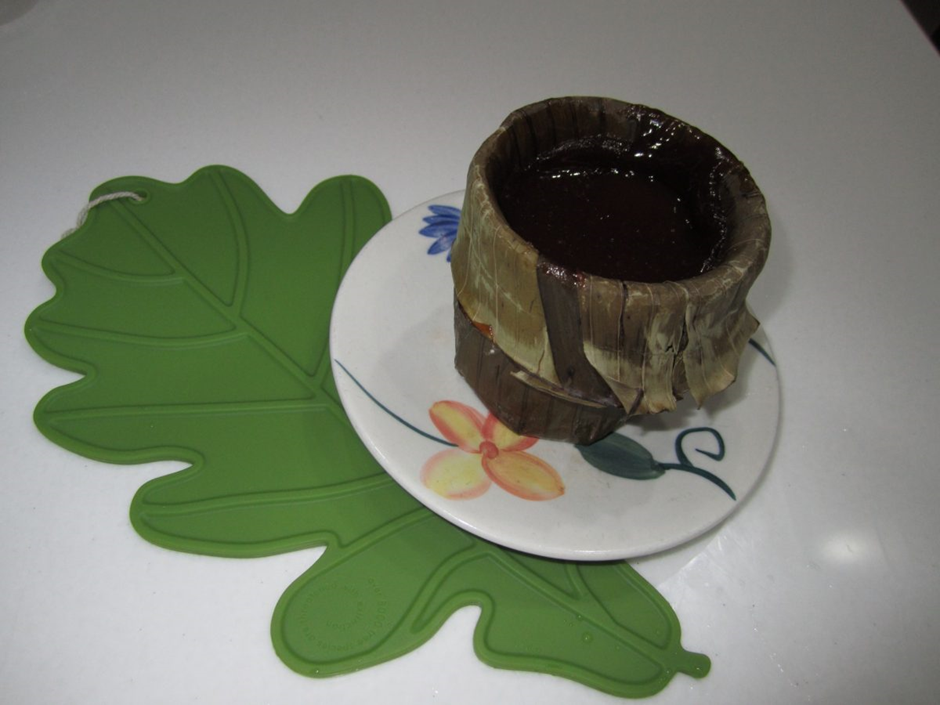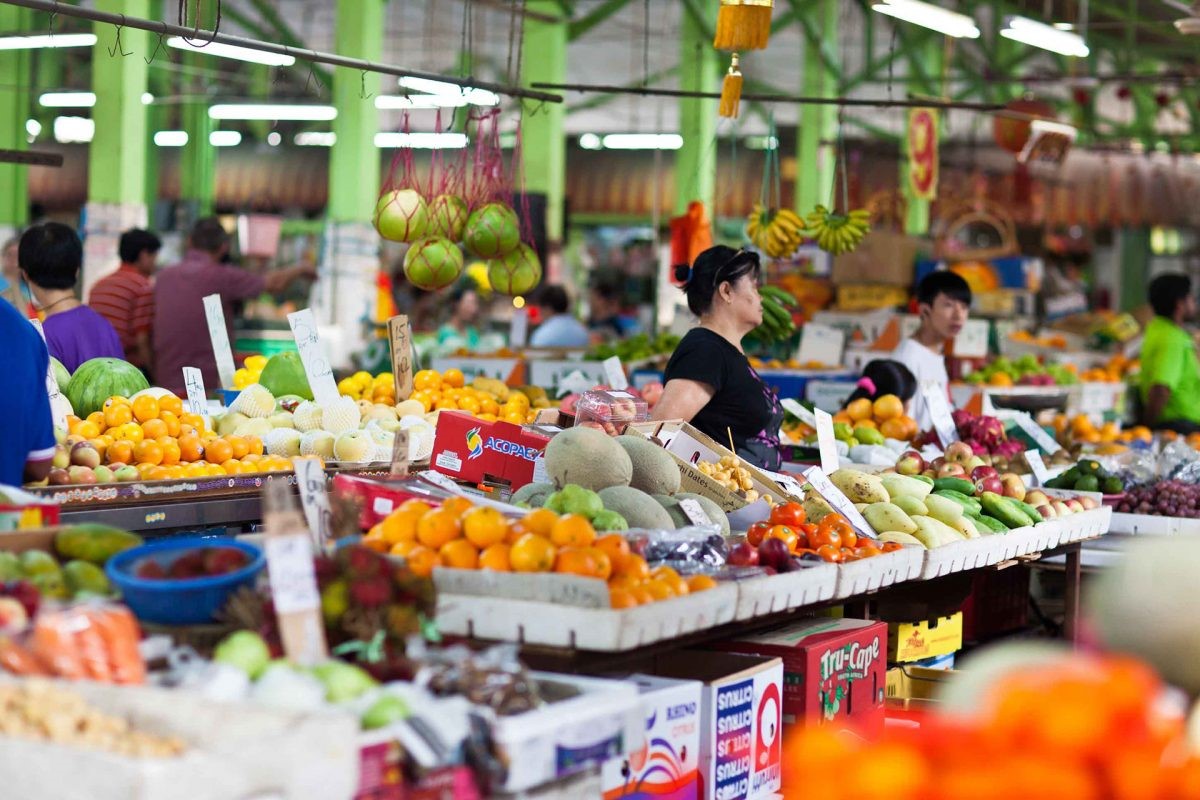Stick to this: Welcoming the 2018 Lunar New Year
Last Sunday, my parents came back from the wet market with one of the many delicacies you can rarely find, especially when it’s closer to the Lunar New Year. In fact, the day before, my parents had already warned me that it may be low in supply. What am I referring to? The glutinous rice cake, which my great-grandmother used to make.
In Cantonese, the cake is known as Nin Gou. If you’re Hokkien, you will likely call it Ti Kwe. Perhaps what’s even more special is that my parents managed to get hold of one which is of a smaller size than what I’m used to seeing. Imagine my excitement when I saw a much smaller version than the ones I usually come across at other points of the year.
A combination of my own research and a little conversation with my mother led me to discover the following pantang associated with the cake:
1) Pregnant or expectant mothers aren’t allowed to step into the kitchen and interfere with the cake-making process.
2) Children are also not allowed to play in the kitchen, as it will potentially disrupt the whole cake-making process.
3) You are also not allowed to speak in a negative manner or make noise while making the cake in order to ensure that the cake turns out as expected.
The glutinous rice cake, known in Malaysia as kuih bakul, is synonymous with long hours and a tedious process of continuous stirring. Traditionally made using a combination of glutinous rice flour, water, and sugar, the dodol-like kuih is steamed under high heat. It is worth noting that the use of banana leaves to wrap these cakes gives a certain enhanced flavour. Of course, you always have the choice of simplifying the cake-making process. Owing to the demands of the average modern consumer many have adapted the recipe to suit their tastebuds and pace. Availability and choice of ingredients can also influence the cake’s taste. For example, instead of using glutinous rice flour, some people have opted for glutinous rice.
Ever received this symbol of luck from someone but wonder how you can cook it? Well, it can be coated with a mixture of flour, egg, salt and water, before frying and eaten plain, or with yam. By right, recipes should vary according to one’s dialect. For instance, the Hokkiens will enjoy the cake differently compared to the Cantonese people.
Let’s have a look at the history of this sweet and sticky tea-time favourite of mine. A central figure that is also celebrated by those outside of China is the Kitchen God, known as Zhao Kong in Hokkien. Apparently, the Kitchen God has to ascend to Heaven on a certain date prior to the Lunar New Year and inform the Jade Emperor on what has been happening in every household the entire year. Therefore, in order to prevent the Kitchen God from exposing any wrongdoing or conveying anything negative about the families, the sticky treat is extended to him. What a strategy!
You know what? I’ll be right back. I’m going to clean the little altar I have in the kitchen so hopefully, the Kitchen God will say nice things about my household ????
SOURCES:
http://www.sinarharian.com.my/edisi/sabah-sarawak/kena-diam-masa-masak-kuih-bakul-1.362230
https://messywitchen.com/recipe/dessert-recipe/chinese-new-year-ti-kuih-nian-gao-sweet-sticky-rice-cake-kuih-bakul/
https://www.revolvy.com/main/index.php?s=Kitchen%20God
https://www.rotinrice.com/yam-nian-gao-fritters/
https://www.youtube.com/watch?v=ohGpwQujzkM
http://www.mstar.com.my/berita/berita-semasa/2017/01/25/oku-melayu-kuih-bakul/
https://www.youtube.com/watch?v=tkKr1-C-Gnc









Showing 0 comments